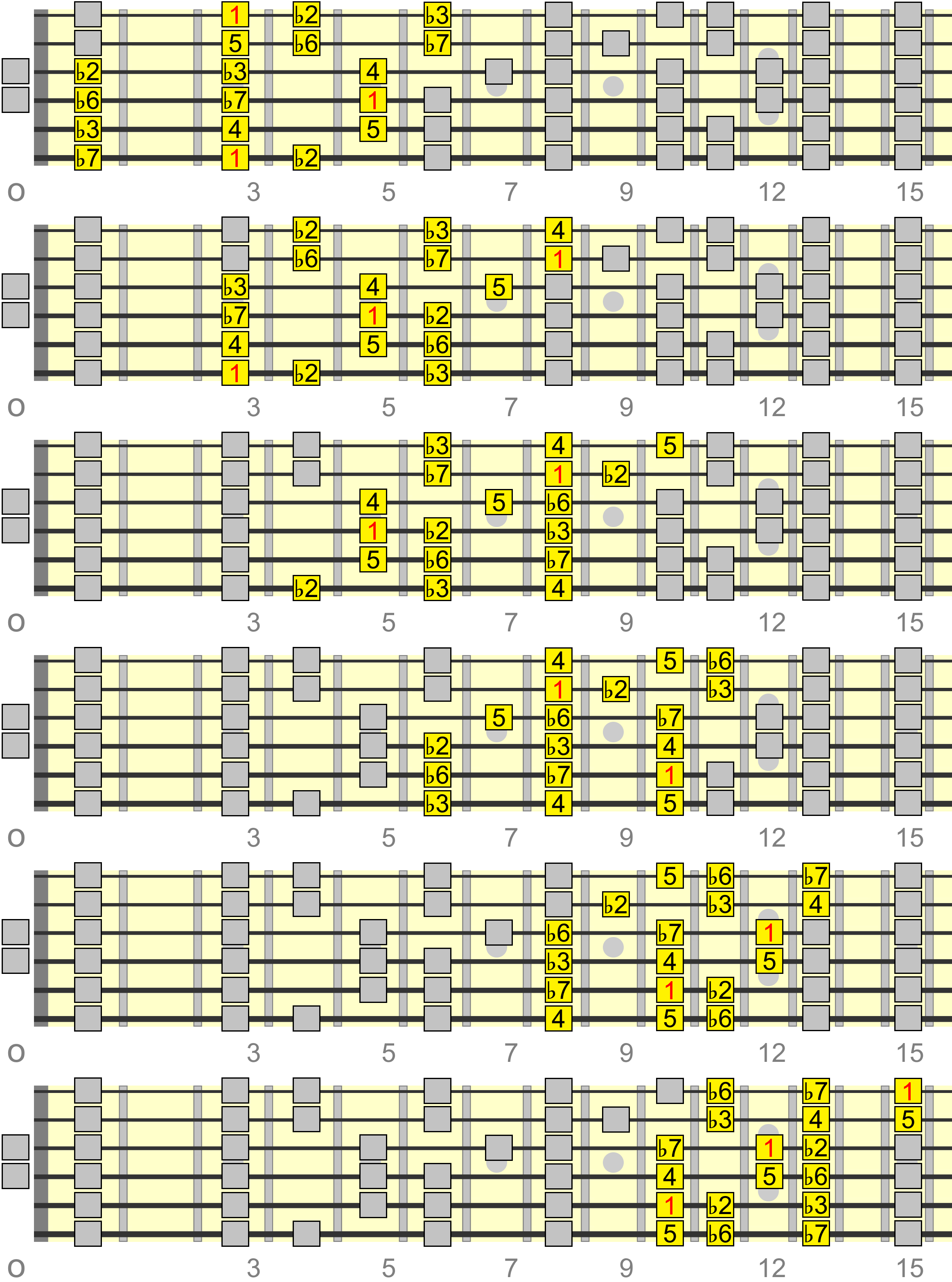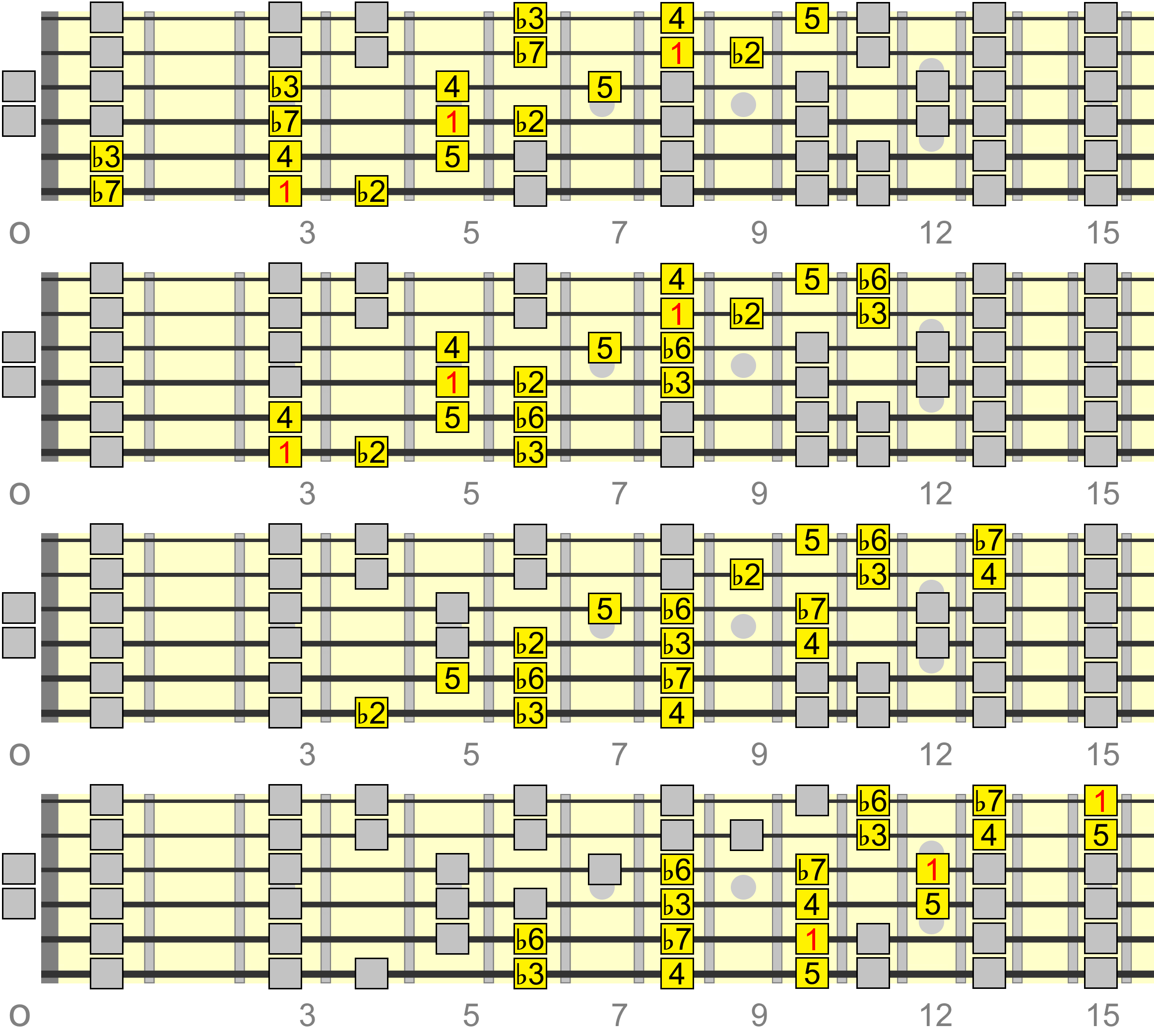Phrygian Mode Backing Tracks By Key
A Phrygian
Parent Scale: F Major | Notes: A B♭ C D E F G | Chords: Am B C Dm Edim F Gm
Am Track
Progression Tracks
Patterns
Note that the "box" tab displays patterns formed around two familiar barre chord positions rooted on the 5th and 6th strings. These are a good starting point for finding your bearings.
Also, don't forget you can combine Phrygian with regular minor pentatonic and blues phrases/licks. But I've included some pentatonic patterns more specific to Phrygian's flavour to try out.


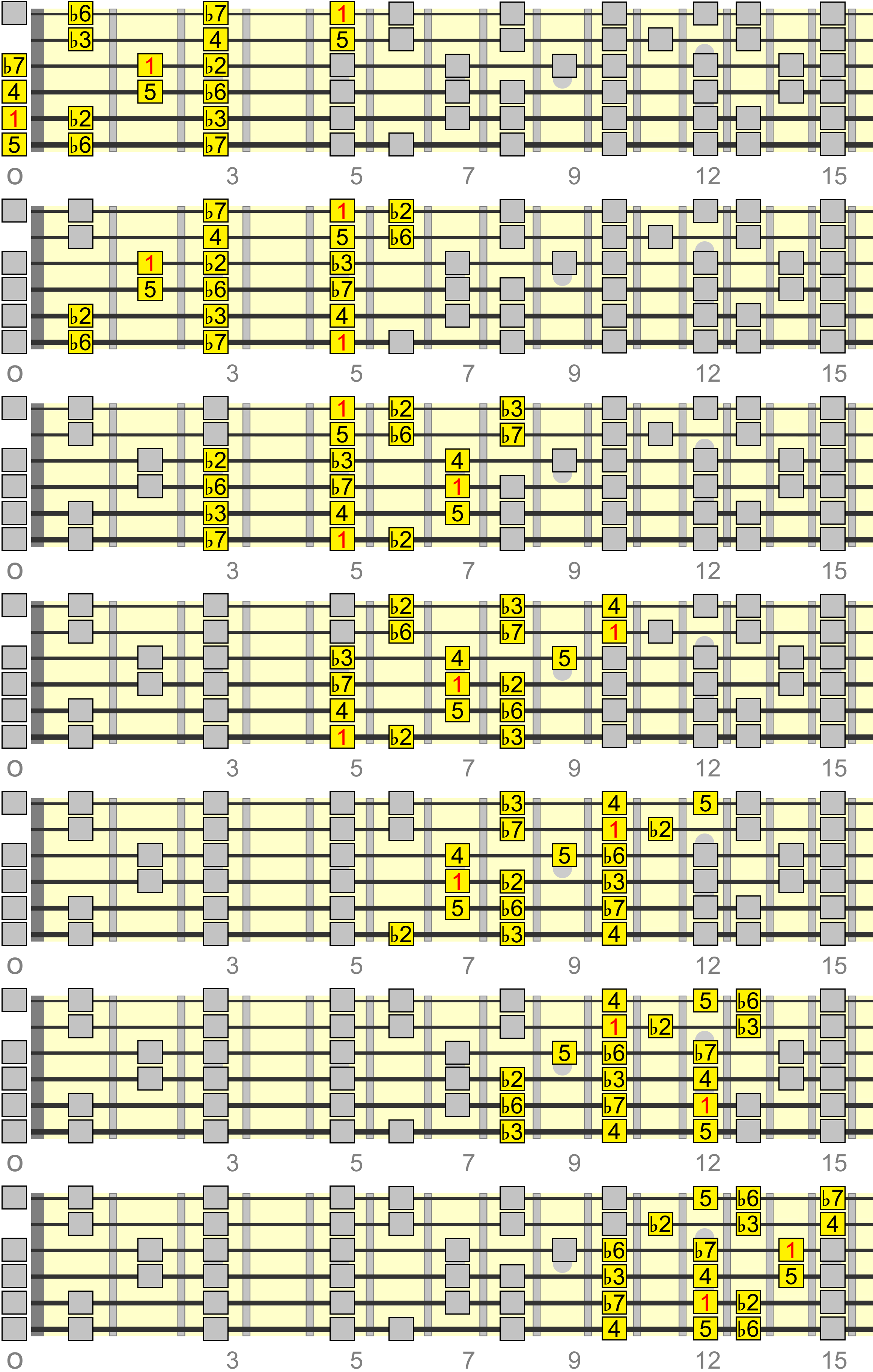
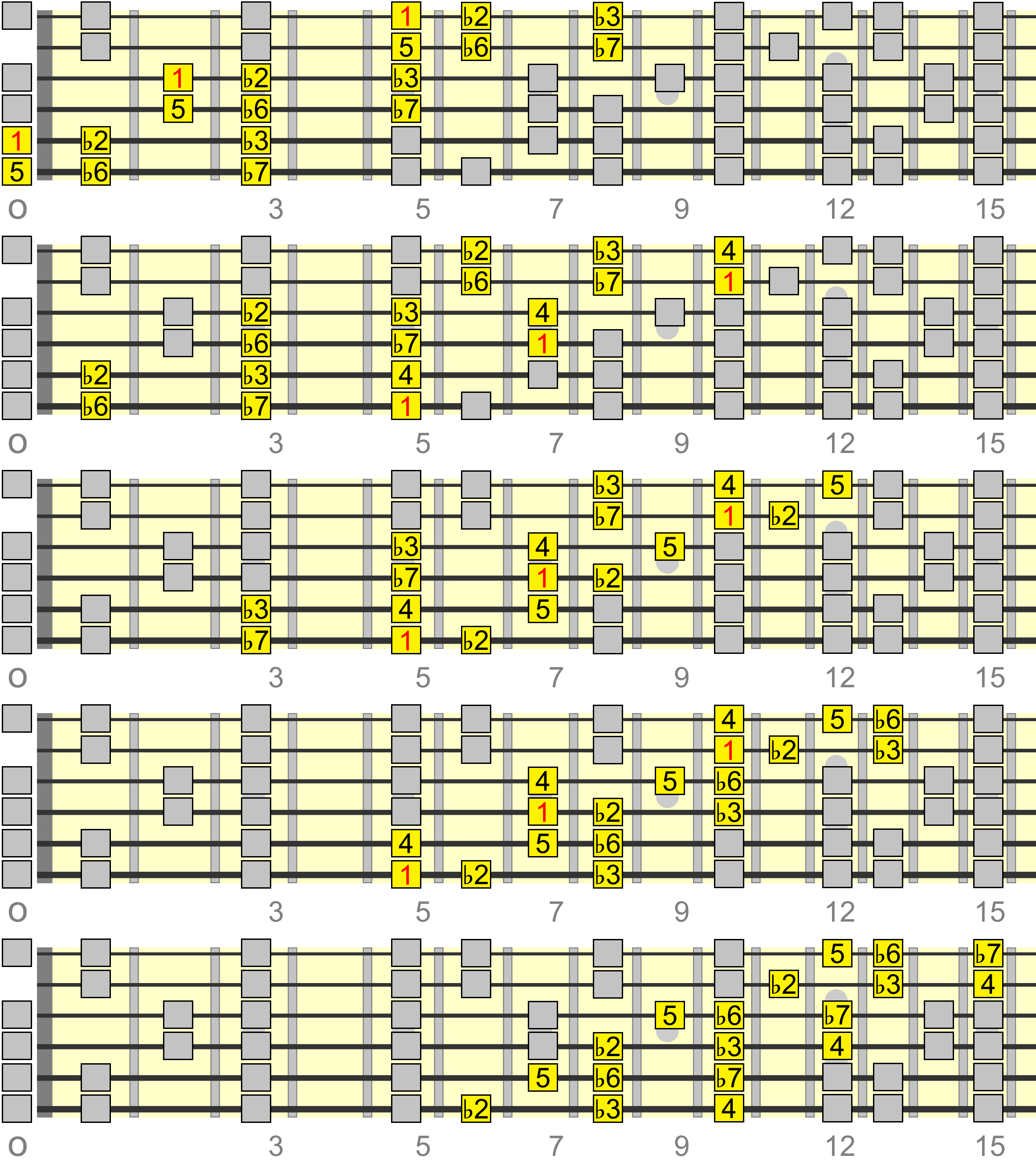

B Phrygian
Parent Scale: G Major | Notes: B C D E F♯ G A | Chords: Bm C D Em F♯dim G Am
Bm Track
Progression Tracks
Patterns


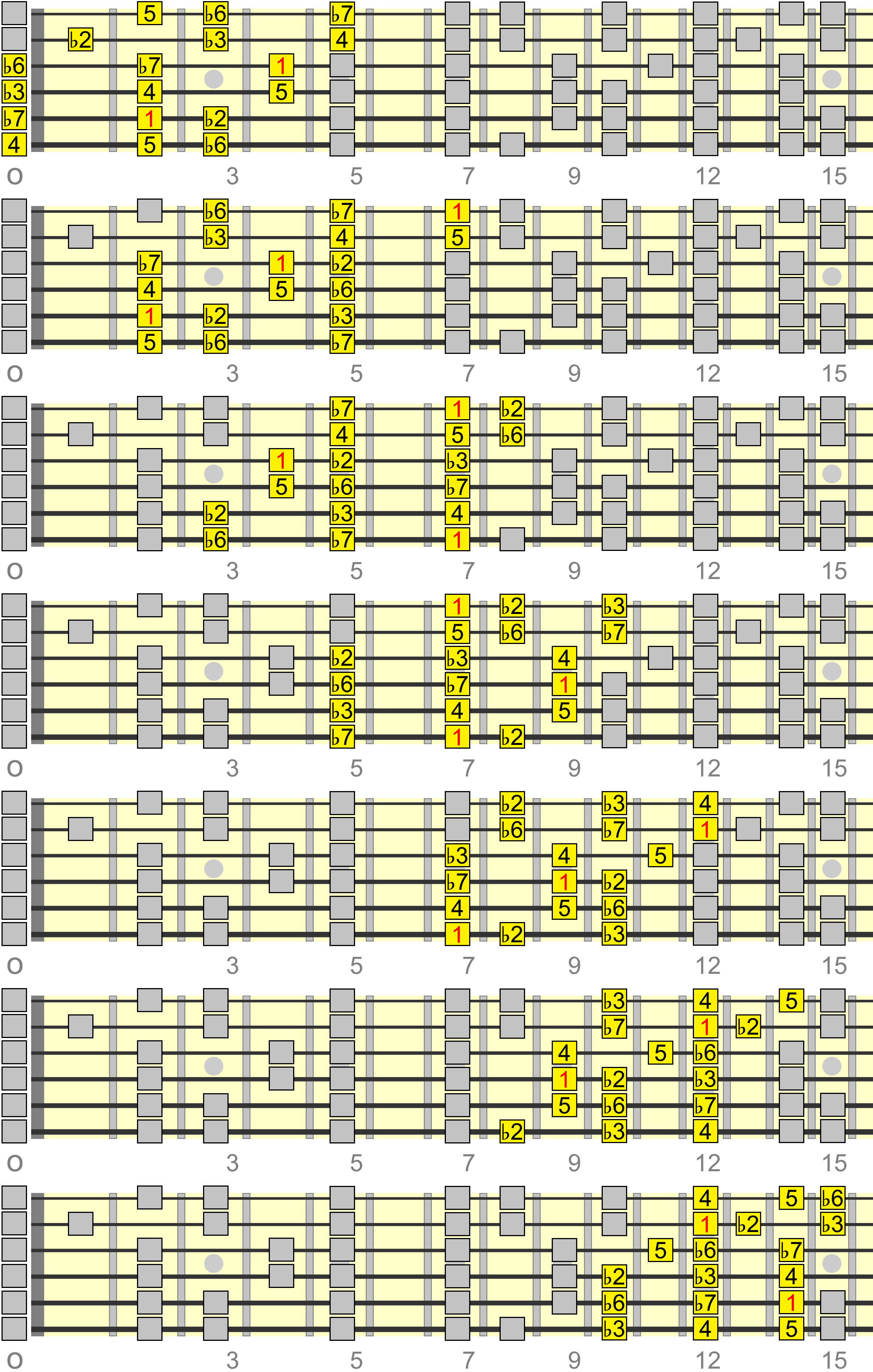
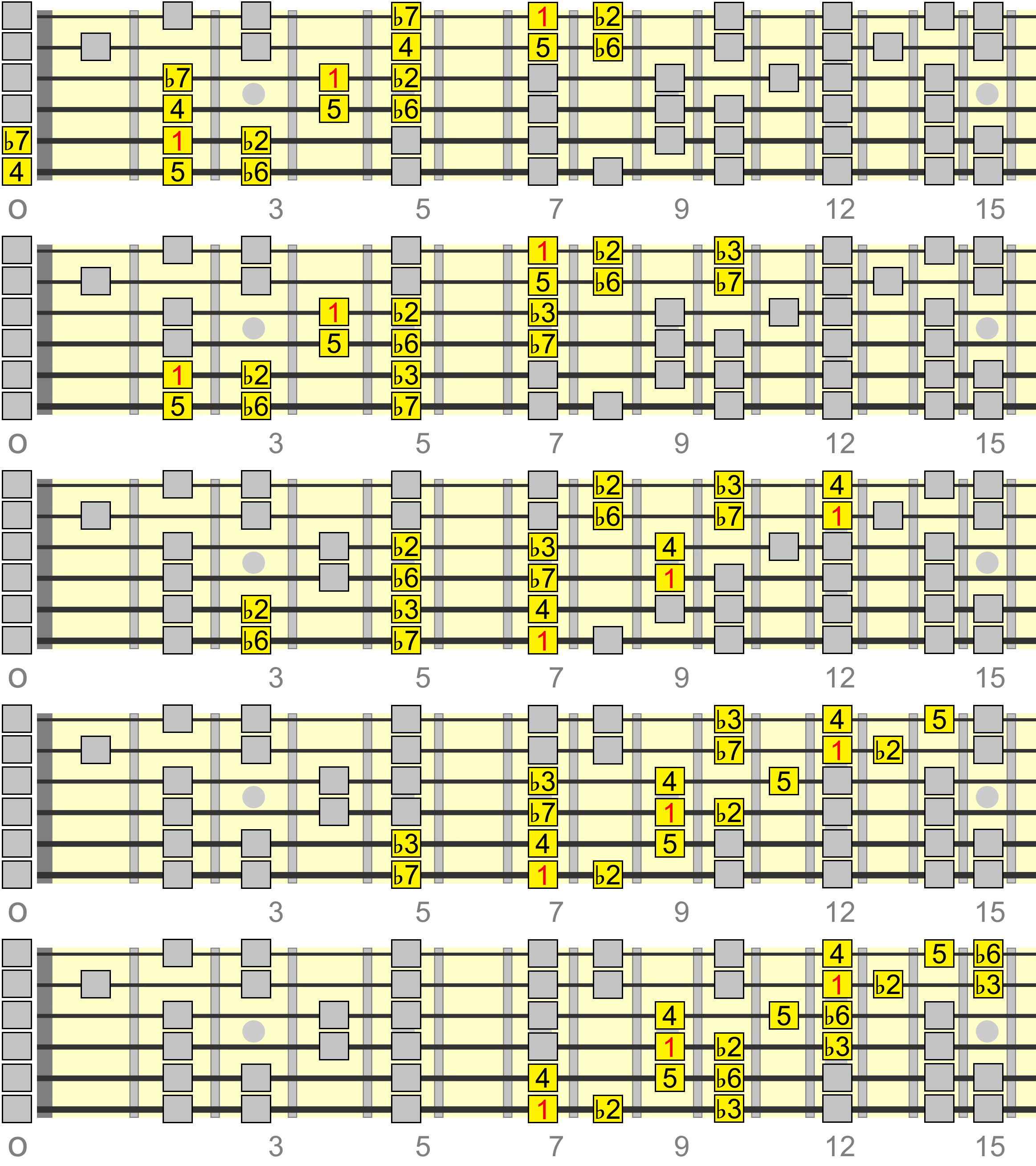

C Phrygian
Parent Scale: A♭ Major | Notes: C D♭ E♭ F G A♭ B♭ | Chords: Cm D♭ E♭ Fm Gdim A♭ B♭m
Cm Track
Progression Tracks
Patterns


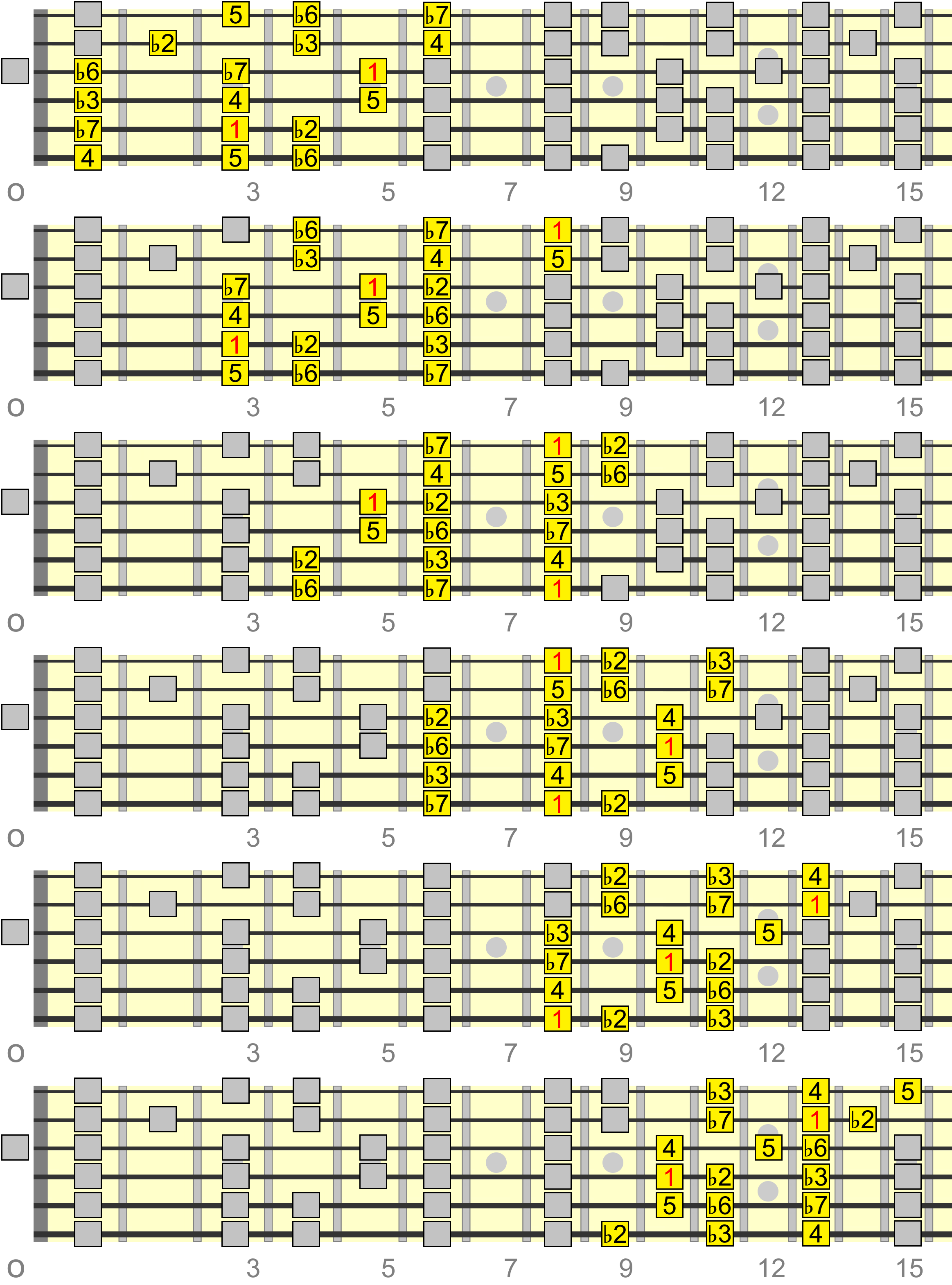
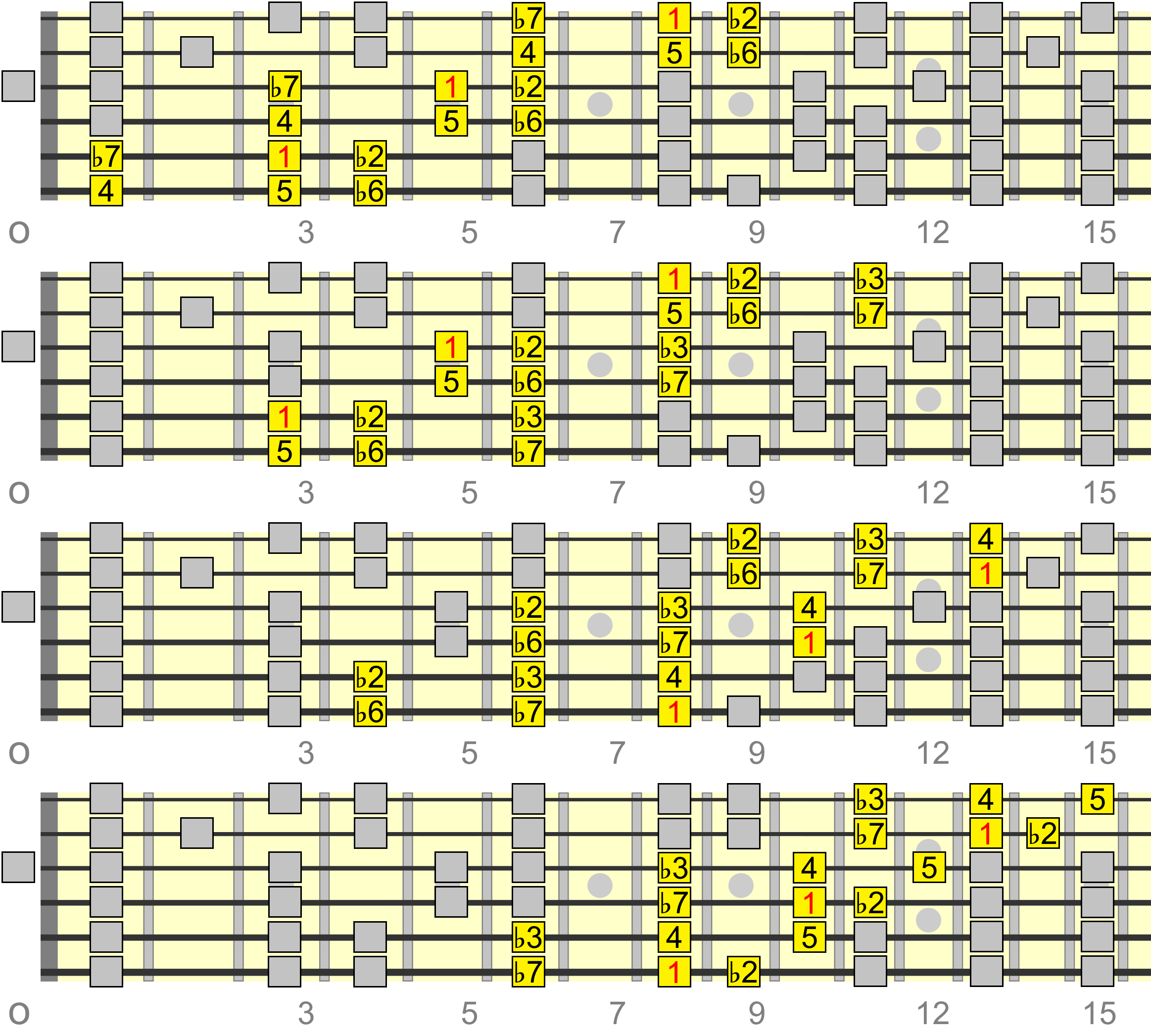

D Phrygian
Parent Scale: B♭ Major | Notes: D E♭ F G A B♭ C | Chords: Dm E♭ F Gm Adim B♭ Cm
Dm Track
Progression Tracks
Patterns


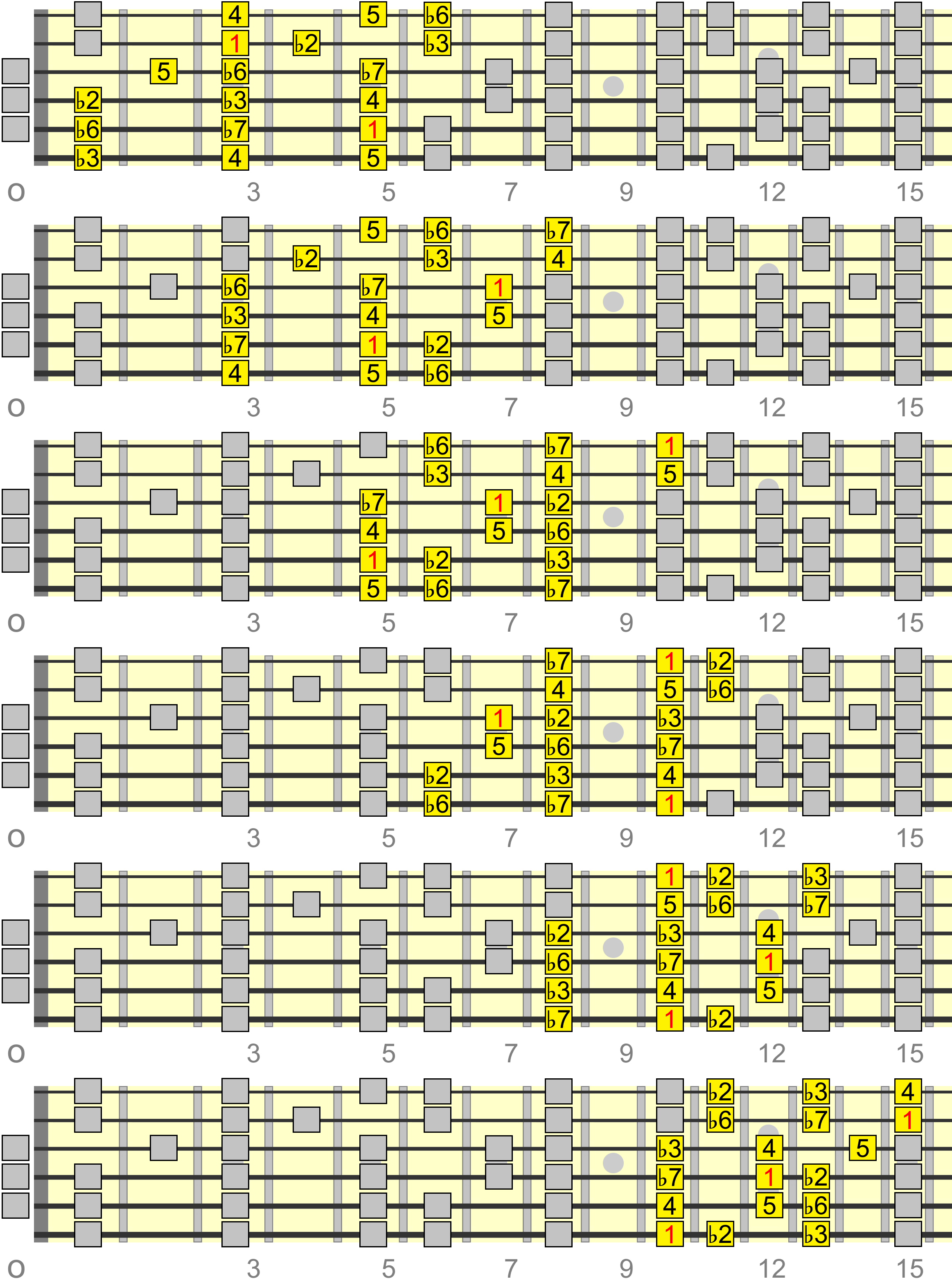
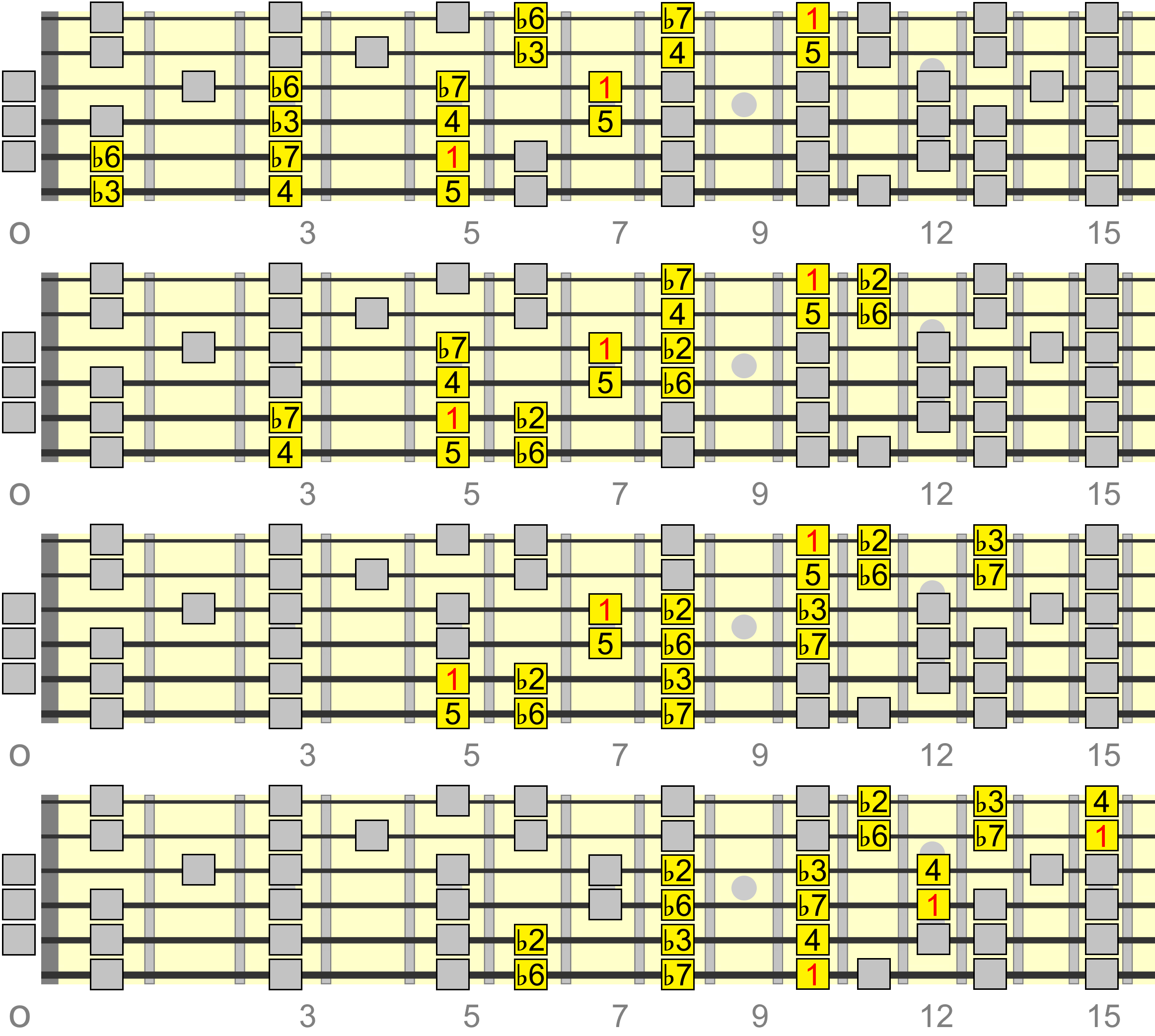

E Phrygian
Parent Scale: C Major | Notes: E F G A B C D | Chords: Em F G Am Bdim C Dm
Em Track
Progression Tracks
Patterns


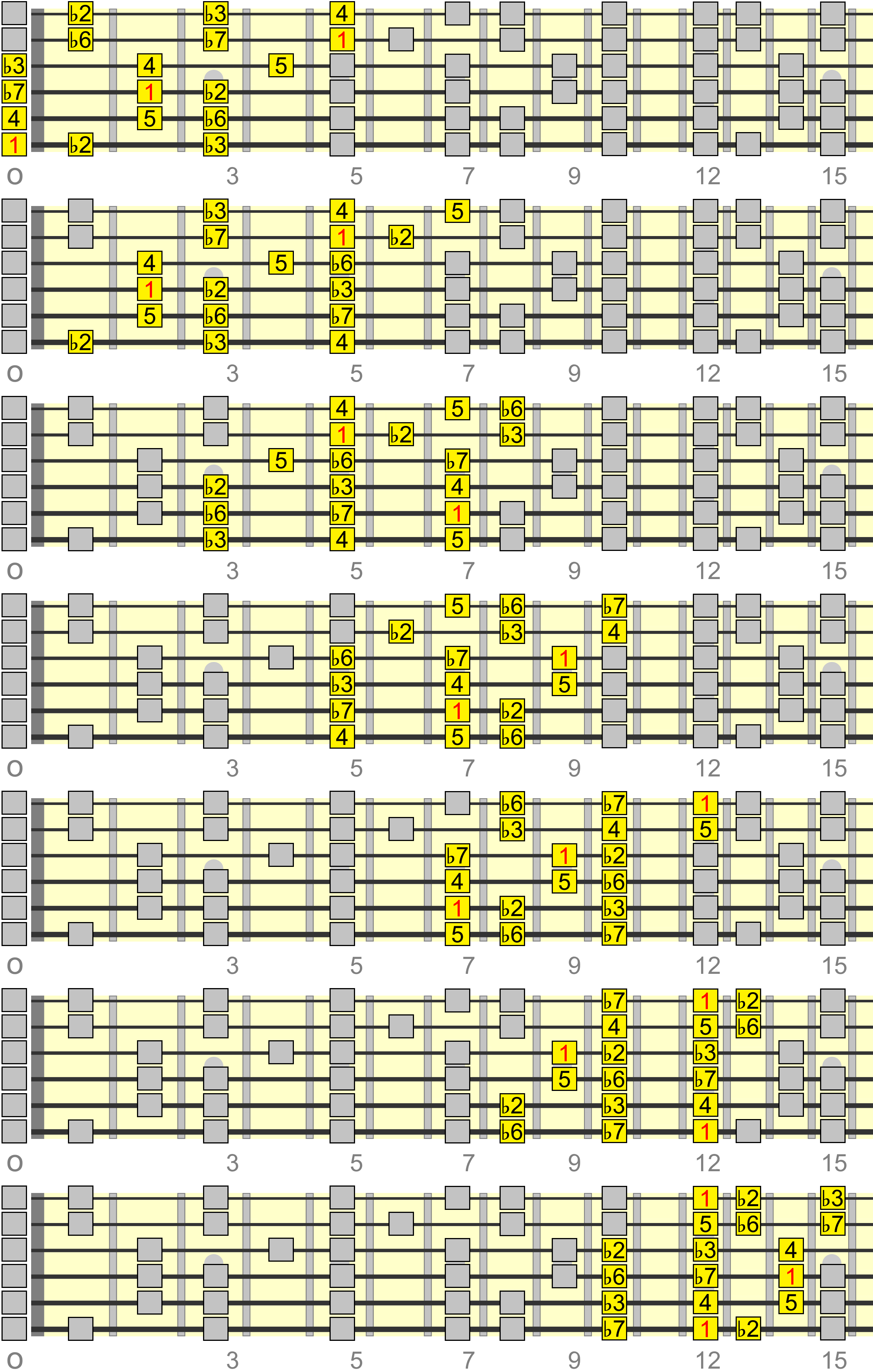
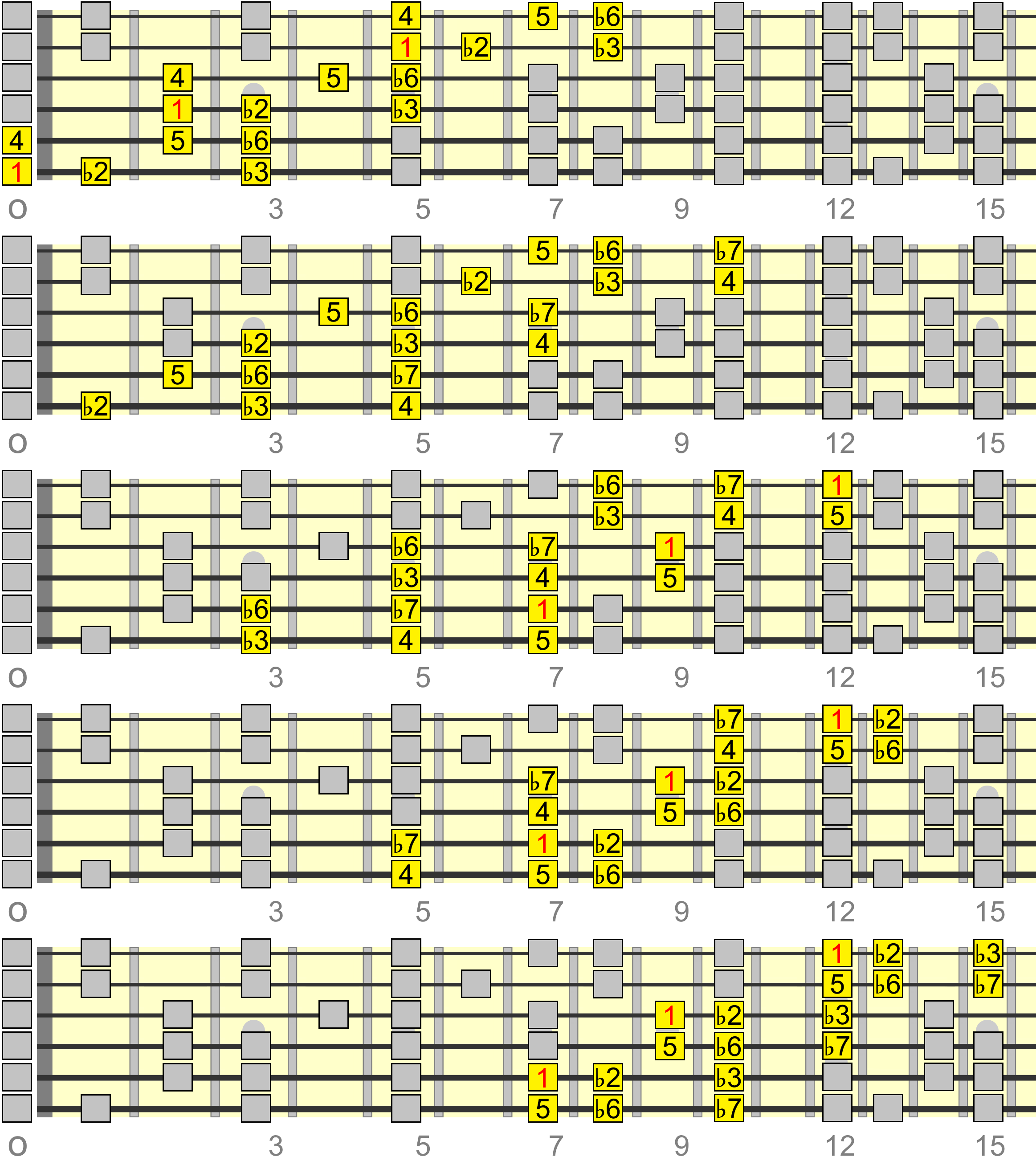

F Phrygian
Parent Scale: D♭ Major | Notes: F G♭ A♭ B♭ C D♭ E♭ | Chords: Fm G♭ A♭ B♭m Cdim D♭ E♭m
Fm Track
Progression Tracks
Patterns


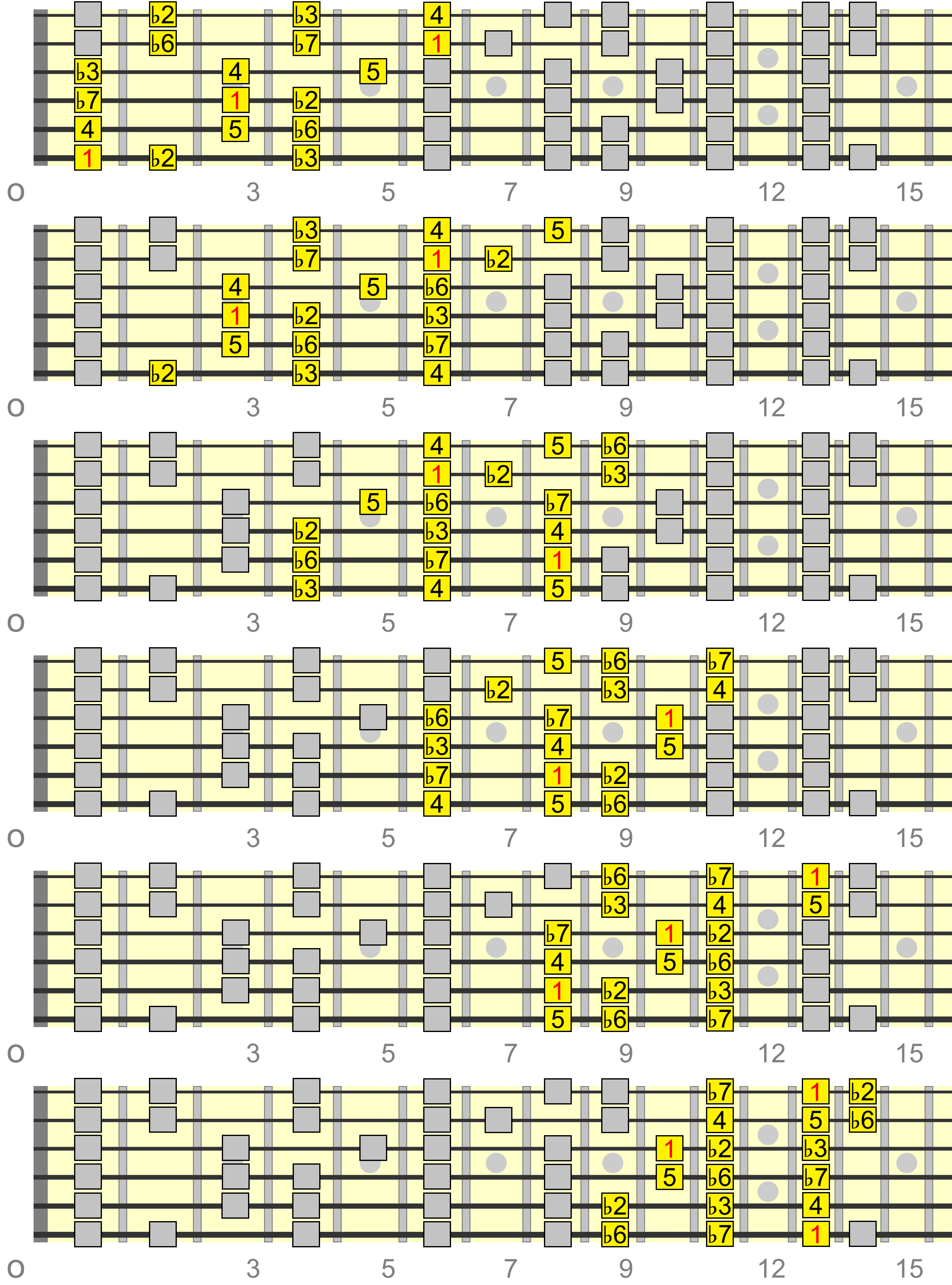
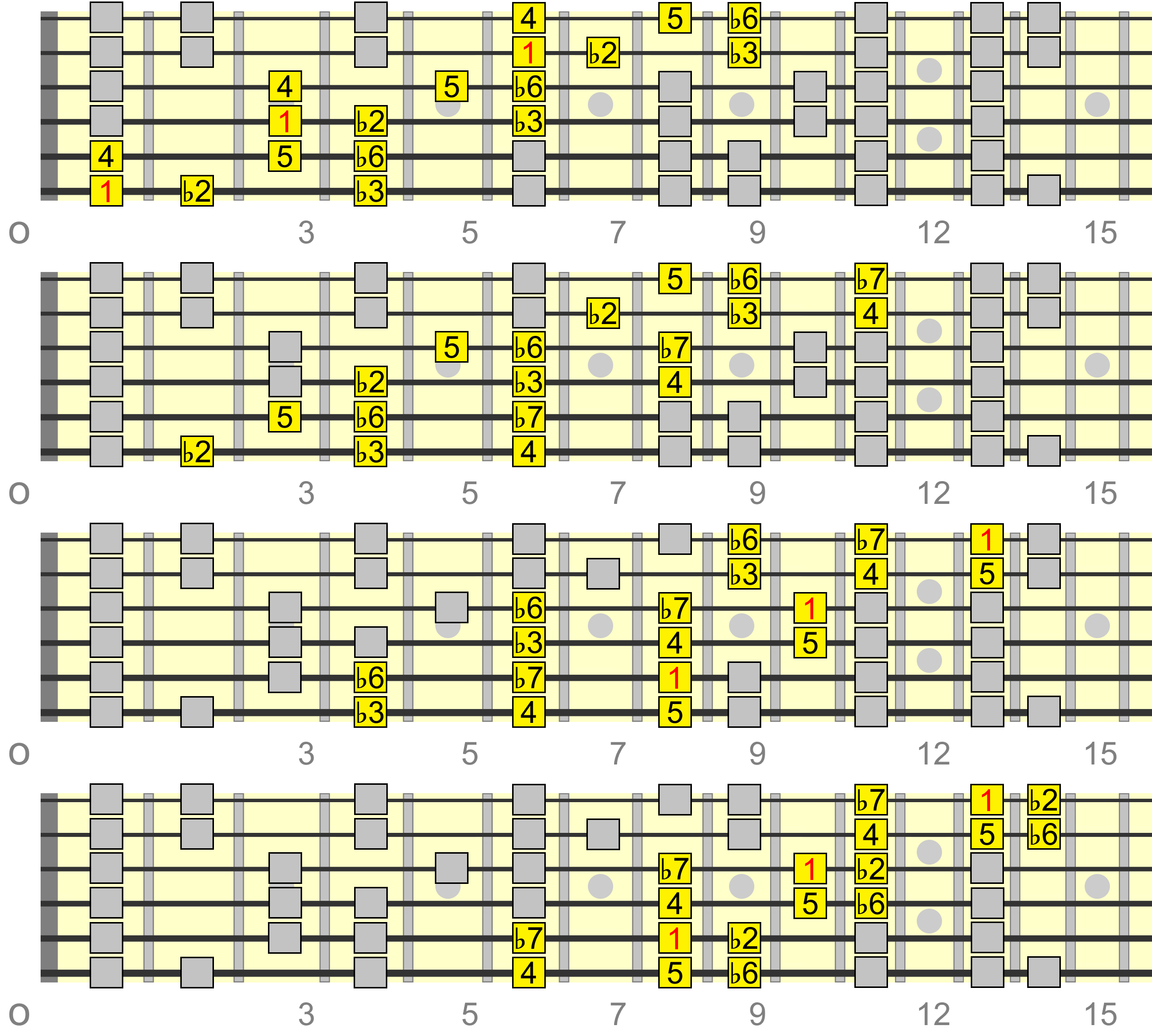

G Phrygian
Parent Scale: E♭ Major | Notes: G A♭ B♭ C D E♭ F | Chords: Gm A♭ B♭ Cm Ddim E♭ Fm
Gm Track
Progression Tracks
Patterns


